Acorn Bank to Temple Sowerby walk
Lake District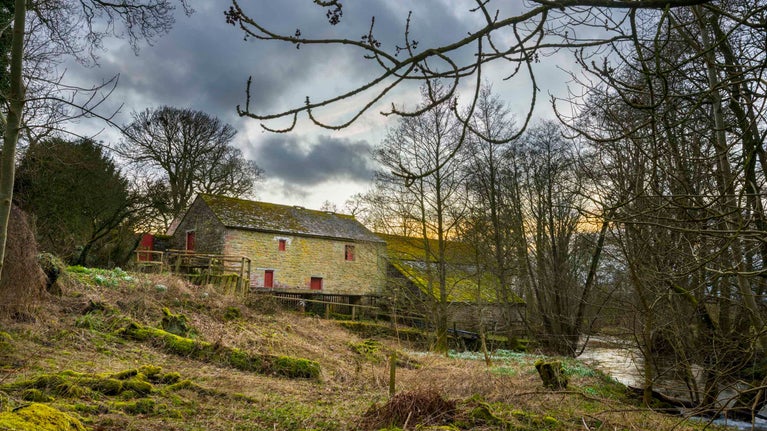
Discover Acorn Bank’s surprising industrial heritage. The estate is a haven for wildlife, best known for its collection of herbs and traditional fruit orchards. Crowdundle Beck flows through the area, with panoramic views across the Eden Valley to the Lakeland mountains.
Near to
Acorn BankStart point
Acorn Bank car park, grid ref: NY617282Trail information
More near here
Aira Force and Gowbarrow Park trail
Explore Aira Force and Gowbarrow Park on a circular walk passing through woodland and open glades all accompanied with the roaring sounds from the waterfall in the gorge. Enjoy expansive views over Ullswater from the summit of Gowbarrow.
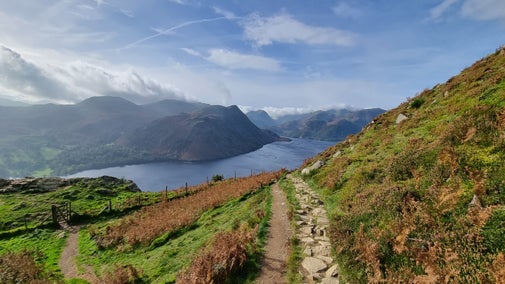
Patterdale and Glenamara Park trail
Patterdale, near Ullswater, is home to Glenamara Park – a former deer park and site of several stately ancient and veteran trees. Explore them on this easy circular walk.
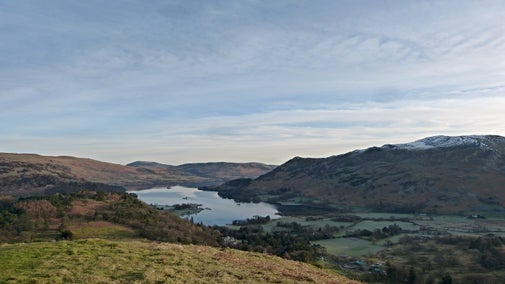
Aira Force Glencoyne Farm trail
This is a 3-mile walk through the upland hill farm of Glencoyne, with great views of Ullswater. You will pass through woodlands that are home to red squirrels, as well as historic farm buildings and charcoal pitsteads.
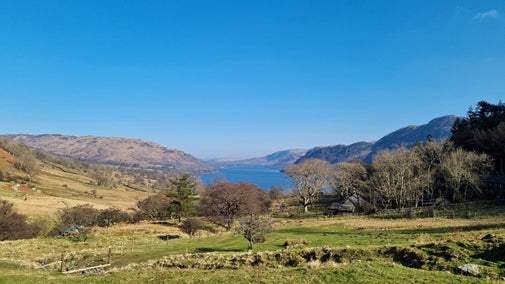
Hartsop to Hayeswater Gill trail
Climb up to Hayeswater Reservoir from Hartsop village on a circular walk, following the beck and the history of the mills and mines it once served.

Get in touch
Our partners

We’ve partnered with Cotswold Outdoor to help everyone make the most of their time outdoors in the places we care for.
You might also be interested in
Walking in the Lake District
From gentle ambles to more challenging hikes, these are some of the best walks to explore the heart of the Lake District.

Walking
Explore some of the finest landscapes in our care on coastal paths, accessible trails, woodland walks and everything in between. Find the best places to walk near you.
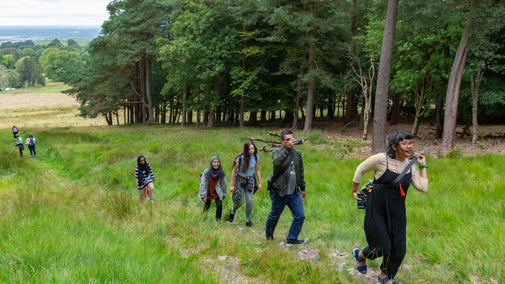
Cotswold Outdoor: our exclusive walking partner
Learn about the National Trust’s ongoing partnership with Cotswold Outdoor. Find out how they help us care for precious places and the exclusive discount available for National Trust supporters.

Staying safe at National Trust places
The special places in National Trust care sometimes come with a few risks for visitors, be it coastline or countryside. Find out how to keep safe throughout your visits.

Follow the Countryside Code
Help to look after National Trust places by observing a few simple guidelines during your visit and following the Countryside Code.

Exploring the wider estate and watermill at Acorn Bank
Explore the 180 acres of woodland and parkland at Acorn Bank to visit the historic watermill, get closer to nature, or go on a geocaching adventure.
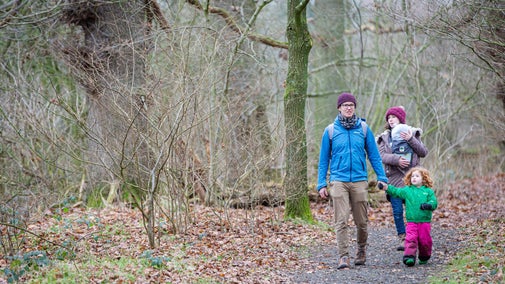
Visiting Acorn Bank with your dog
Acorn Bank is a one pawprint rated place. Find out the best places to stretch your legs here, as well as the things to be aware of when you visit.




